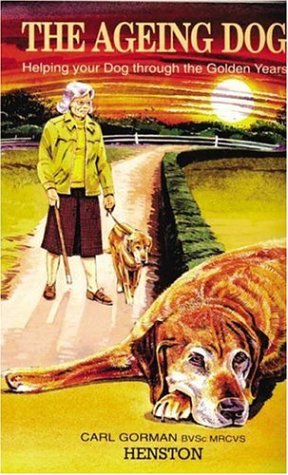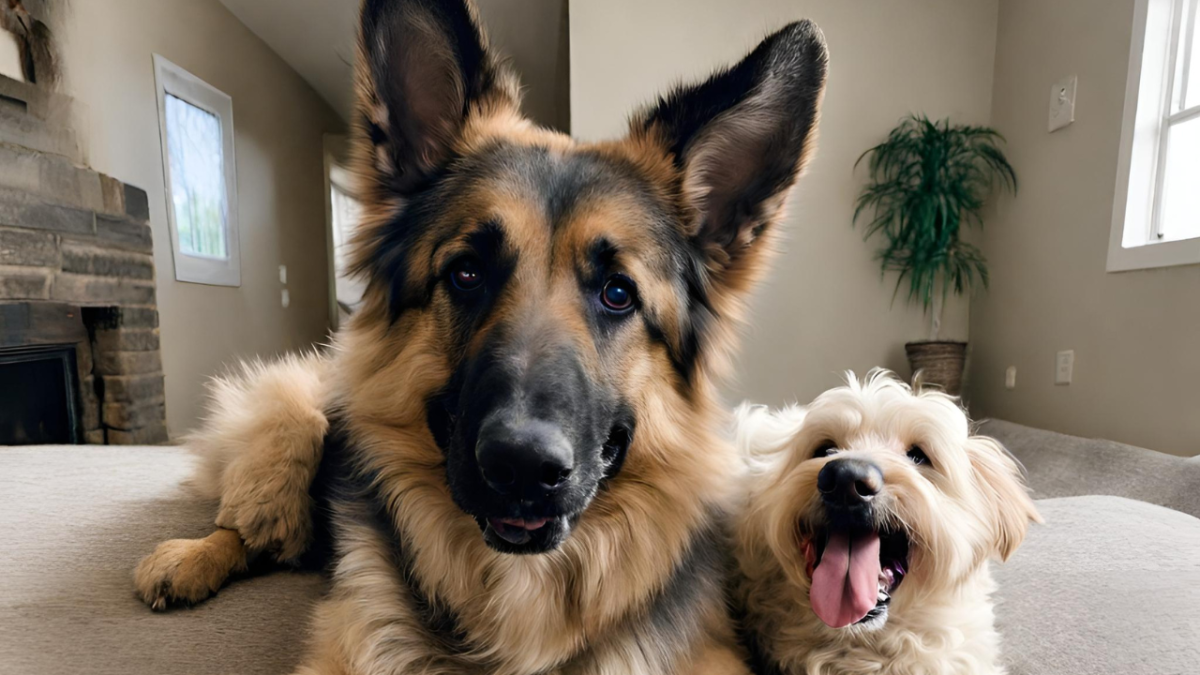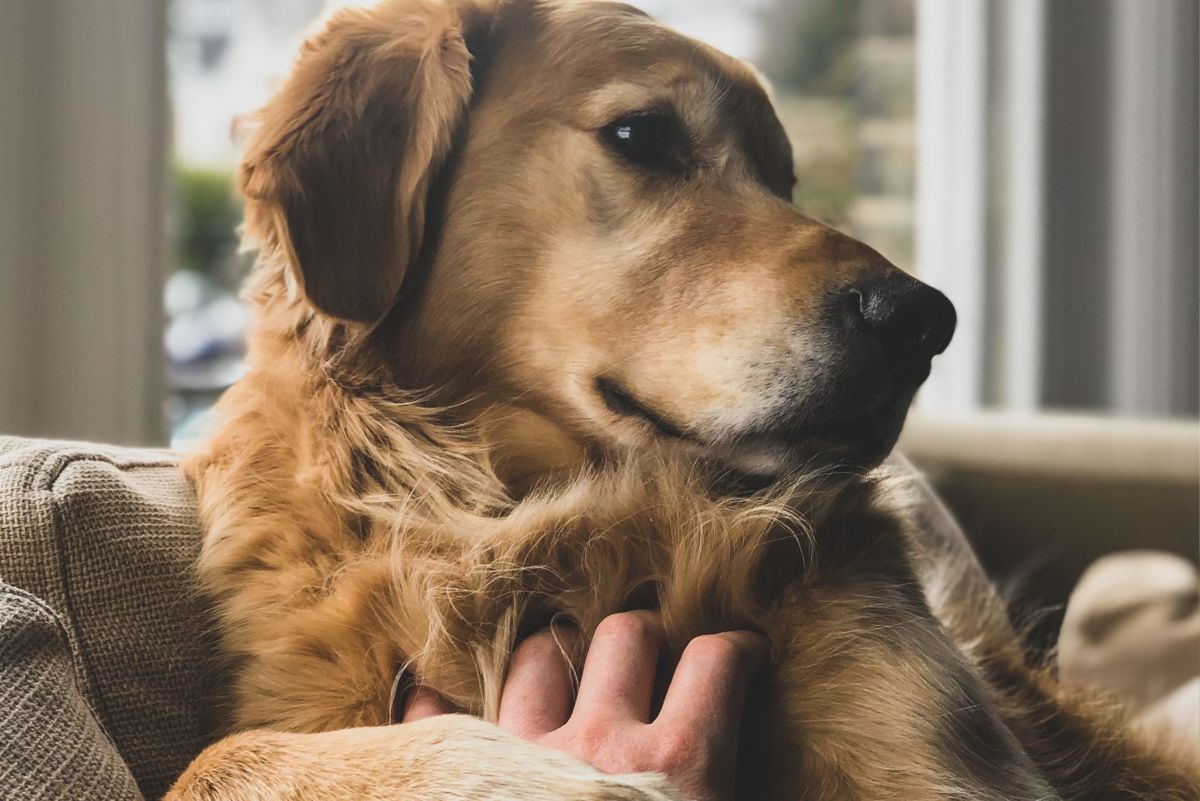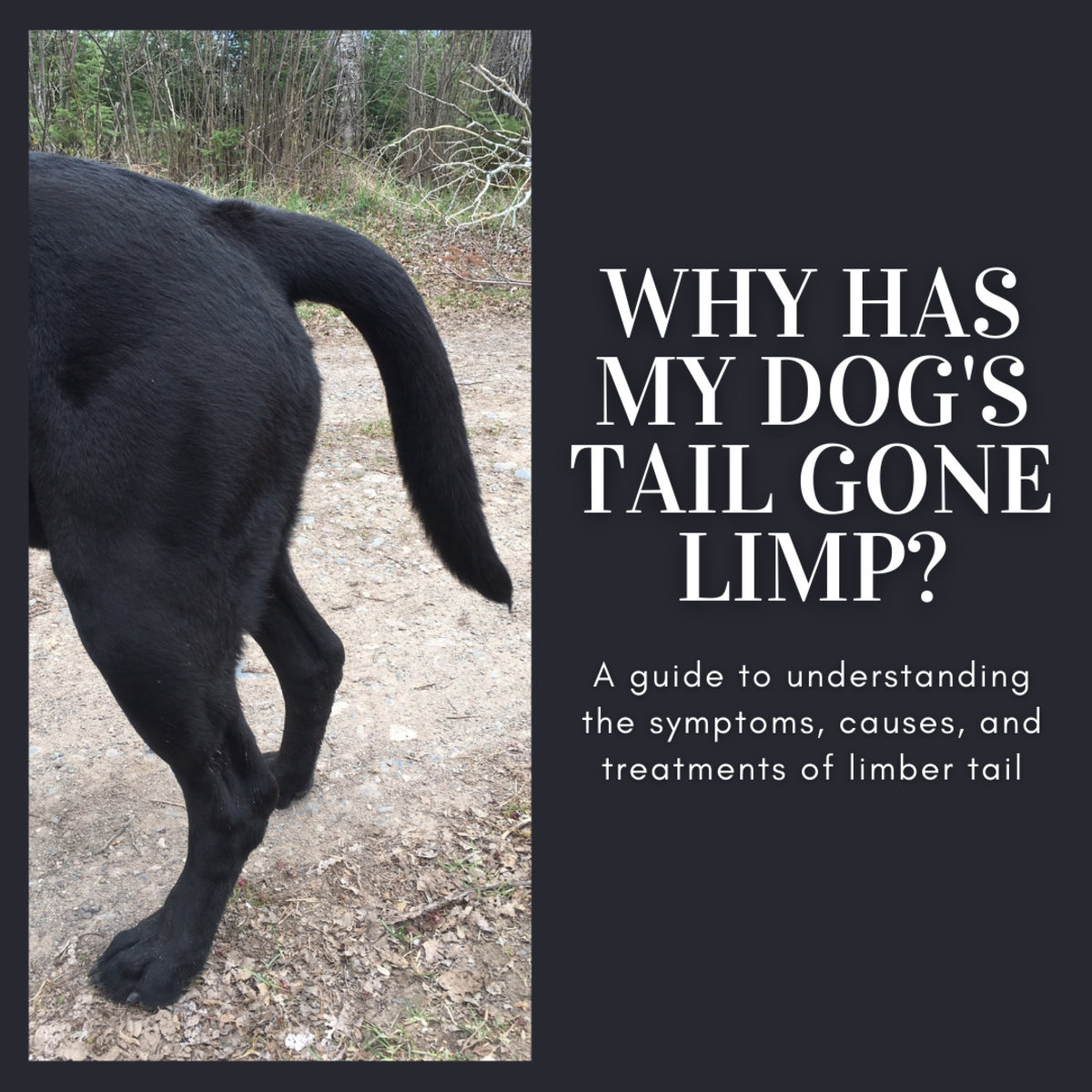How to Care for Your Ageing Dog
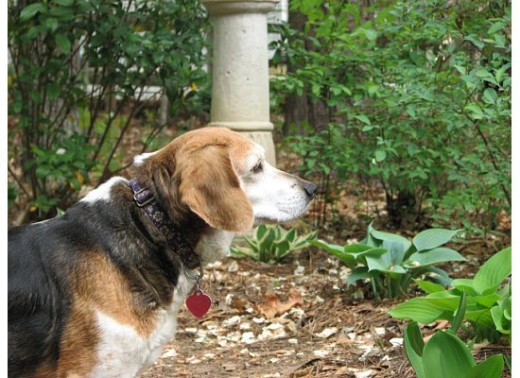
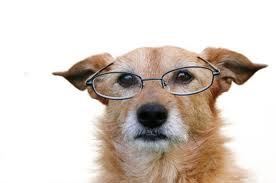

Helping your beloved pet get older
It was Christmas Day 1999.
And it was love at first sight.
The feelings that overwhelmed me that morning caught me completely by surprise because I would not describe myself as a dog person. But from the first moment I laid eyes on Daisy – I was hopelessly in love.
We’ve been together for eleven and a half years now, and it has been pure bliss. But there is no denying the fact: the ole’ girl ain’t what she used to be.
My Daisy is a Beagle. She was the runt of the litter, which is why she was still with her birth family on that Christmas Day at my niece’s house. They were desperately looking for someone to take Daisy and give her a good home, so they were carrying her with them everywhere they went. This was not hard to do. Daisy would fit in your hand.. So my Christmas present that year was a tiny, Beagle puppy. My husband was flabergasted. This wasn't me.
Instinctively, Daisy pointed when alerted to danger, and to her inexperienced senses, everything was dangerous. Noticeably over the next few weeks she went on point less and less frequently as she became a member of our family and mistress of our house and yard.
All these years later, I can’t remember the last time I saw her assume the position of her breed. Not much worries her these days. A great deal worries me. So I went on point myself in search of all the information I might need to give my girl the best possible care during these, her golden years. The following is what I found.
As a young pup, messages in Daisy’s brain traveled along her nervous system at about 6,560 yards (6,000 m) per second. At her present age those messages have slowed down to about 1,420 yards (1,300 m) per second. Professor Jacob Mosier at Kansas State University reports blood vessels in the brain lose their elasticity and the lungs become less efficient. The brain doesn't receive as much oxygen and this affects memory and learning even causing tiny hemorrhages. As a result, older dogs can become irritable when disturbed.
Like their masters, elderly dogs can be both wiser but not just a little bit sillier than in their younger days. The reason for all of us: hormones. Professor Ben Hart at the University of California found the signs of old age in our pet include increasing disorientation, differences in social relationships with the family, lapses in housetraining, and variations in sleep and wake times. The age of seven seems to be the most common age for our dogs to show these signs of ageing depending on their breed and size.. Sleeping more during the daylight hours and less at night is a telling marker for older dogs.
At this age it's not just my imagination running away with me. Daisy's excitement at greeting me really is less. She doesn't follow me around as much or need my attention in order to be content. This stage can be confusing because it is often preceded by just the opposite behavior - never letting me out of her sight. Studies have shown a majority of dogs this age, 60 percent, involved themselves less with their family. And their routine behavior may seem odd or even silly, such as going to the wrong side of the door when they want to go out, getting stuck in a corner and not being able to readily find their way out, staring into space, or barking at apparently nothing. Professor Hart also discovered another curious phenomenon of aging. While neutered females become more aggressive, neutered males become less aggressive as the years go by. I haven't seen this in Daisy. My major complaint is that she lets the chipmunks in the yard climb all over her. A little aggressiveness would actually be appreciated.
So, I'm back to my initial question. What can I do for my Daisy to make this process easier for her? Here are some answers I found.
Training her to relax can control her stress response and, at least in theory, could prolong life. Specifically,if the production of the brain chemical called dopamine is maintained, a dog probably lives longer. How do you teach a dog to relax? Avoid intense situations like taking her out to a crowded park or activity where she'll encounter a large number of strangers, both the two and four legged kind. Keep to a regular routine for eating, exercising and sleeping so she knows what to expect in her daily activities and stay in a mellow state of mind.
Daisy may need fewer, smaller feeding times throughout the day. Maintaining a healthy weight is important, so feeding her a larger quantity is not recommended. But her appetitie might not be what it used to be, so letting her determine when she eats might help with her calorie intake while avoiding all the problems that are created by becoming heavier in her later years..
Offering a little extra cushioning for her sleeping place may also help relieve aches and pains for her joints. Regular walks will encourage her mobility, especially as arthritis sets in. Many vets say a baby asprin a day can't hurt. I need to be attentive to let her set her own pace on our walks though. A few short strolls during the day are better than one long one that might tire her out too much. Since she will be less tolerant now of extreme temperatures, I'll need to limit her time outdoors depending on the weather.
Also massaging her body as she is groomed is a source of relaxation for her. It does more than help loosen stiff joints. It improves the circulation of blood to all parts of her body, keeping her coat and skin from becoming too dry. Keeping her nails trimmed short, and laying down non-skid mats on uncarpeted floors can reduce the risk of falls.
Extensive studies of ageing dogs in the 1980s showed that, with mental stimulation, the brain grows in size. It does not produce more cells, but instead the cells already there grow more connections with other cells. With mental stimulation a single brain cell might develop lost connections with up to 2,000 other cells. I can slow Daisy's natural decay of memory by providing her with mental activities that involve - again- keeping a regular schedule so she anticipates her day and encouraging her to respond to gentle commands, both familiar and challenging, as long as they are within reasonable limits. An elderly dog can become lethargic without mental stimulation. Daisy is still going to love playing fetch and the like just as much as she did when she was a pup. She just might not want to play so often or for as long at a time.
Feeding Daisy a well-balanced diet is a basic requirement at this age. It needs to contain the increased levels of vitamins and antioxidants that older dogs need. Until recently, veterinary nutritionists thought it was wise to reduce the protein level in diets for older dogs in order to take the strain off the kidneys. Recent evidence suggests, as long as the kidneys are healthy, protein still does a dog a lot of good.. Older dogs are more prone to dehydration, so I need to be sure Daisy always has access to plenty of water, particularly as the summer days come along.
I can't assume any change in her behavior are just signs of growing older. Elderly dogs benefit from regular medical examinations, every six months or annually as your vet recommends.. Some health issues are inevitable. At a certain age, a little dribbling of urine is common, especially while Daisy is sleeping. I can place an old rubber-backed bathmat in her favorite sleeping area to catch the dribble. These mats are easily washable, keeping odor and dampness under control.
Daisy is showing a lot of graying around her muzzle and eyebrows, and her eyes are not as self-cleaning as they used to be. My vet recommended eye drops to return some moisture to her eyes. It's become part of our morning routine, and she doesn't put up any resistance to it. I think it must feel be a relief.
Looking back over this list, it seems like a lot of trouble to go to for a pet. But I live in the same house I've lived in for almost twenty years. My children are long gone with lives and children of their own. Daisy is still with me. There is nothing on this list I wouldn't do for a dear friend, and they don't even live in my house with me. Seems little enough to do for such a faithful companion.
I'm sure my husband will read this and ask, "Hey - when do I get my massage?"

